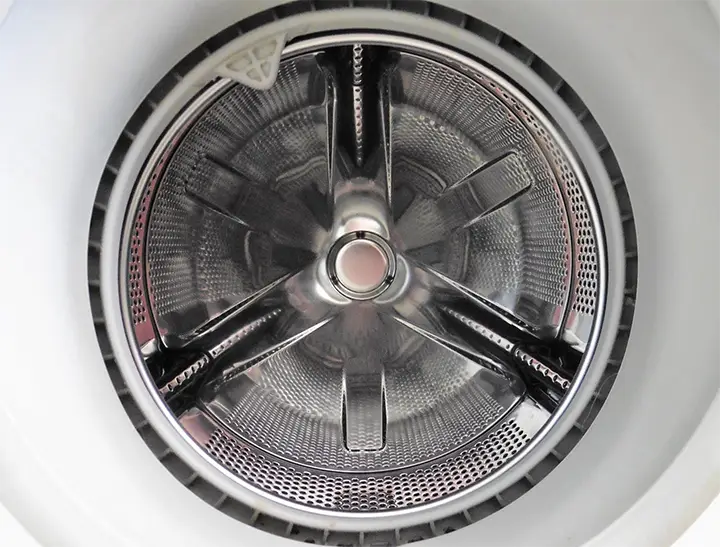It is important to know the wattage of your electrical appliances in order to ensure safe use and operate them correctly. Wattage is a measure of the amount of electricity an appliance needs to run. It can be difficult to figure out what wattage your appliances need without looking at the manufacturer’s specifications, but there are some general guidelines that can help you determine how much power your devices require.
A wattage chart is a useful tool for understanding the power requirements of different types of electrical appliances. These charts give an estimate of how much power various devices draw in watts, depending on their size, type, and other factors. This information allows you to select the correct size power supply for each device or appliance to ensure proper functioning and energy efficiency.
For example, if you want to run multiple lamps in one room, it’s important that each one has its own dedicated circuit with enough amperage capacity for all the lamps combined (not just for one lamp). Using a wattage chart can help you figure out how many amps each lamp requires so that you don’t overload any circuit breaker or create potential fire hazards by using too much electricity in one area.
Another benefit of using a wattage chart is that it gives you an idea as to how efficient certain appliances are when compared with others within their category (e.g., televisions). This way, if energy efficiency is important to you when making selecting new purchases then you can easily compare different items before deciding on which model is best for your needs.
Wattage charts may also include details about surge protection requirements for certain devices as well as recommended fuse ratings for various types of outlets used in homes and businesses. While these details may not be necessary during regular operation, they are good information points when installing or replacing existing outlets or wiring systems throughout a structure where voltage spikes could cause damage or start fires due to poor wiring practices or lack of protective measures deemed necessary by electrical codes and standards organizations like Underwriters Laboratories (UL).
Ultimately, understanding what wattages your electrical appliances need can help keep everyone safe while also saving money on energy costs thanks to increased efficiency from properly-sized supplies and fuses/circuit breakers able withstand sudden voltage changes without tripping off prematurely or allowing dangerous currents through unprotected outlets or wiring systems. A good quality wattage chart should provide all this information plus more so make sure it’s always handy when shopping around for new electronics!
